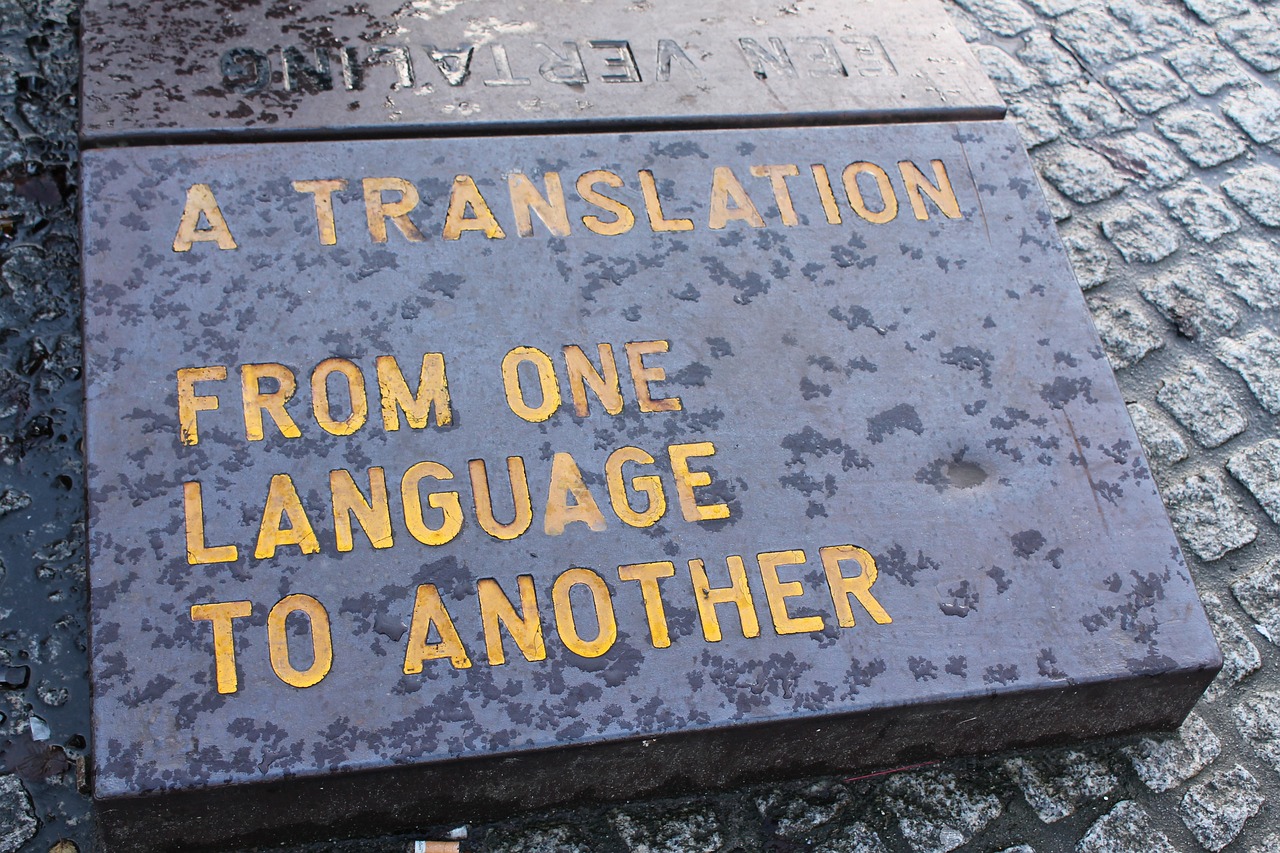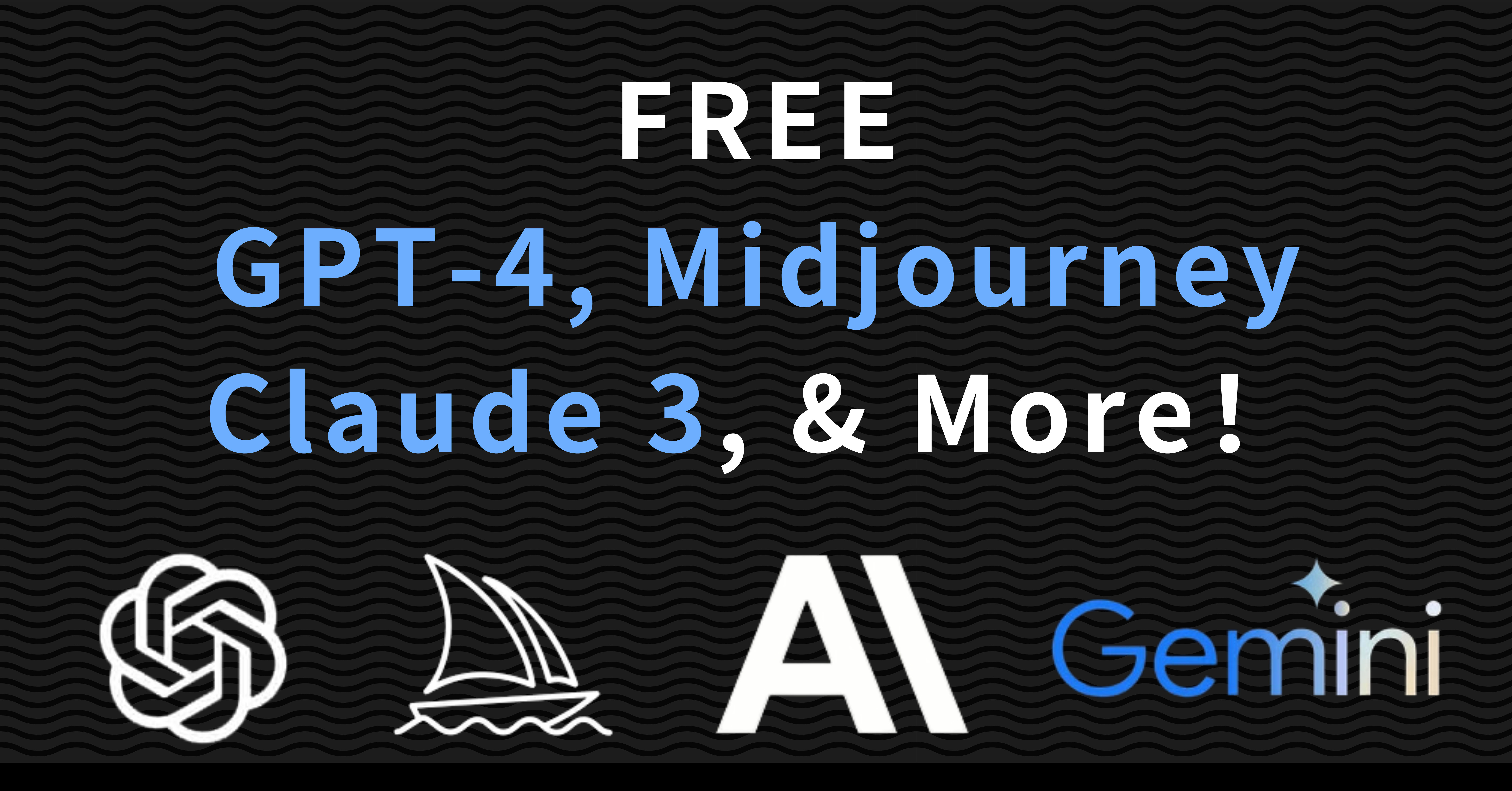Harnessing the Power of AI to Translate Text Within Images and Diagrams

Introduction: AI-Powered Solutions for Your PDF Challenges
Hey there, AI enthusiasts and PDF power users! Are you tired of the tedious task of manually translating text within images and diagrams in your PDF documents? Whether you're a student, educator, or professional, we know how frustrating and time-consuming this can be.
Practical Problems and Solutions
Imagine effortlessly converting complex academic diagrams and image texts into multiple languages with just a few clicks. Sounds too good to be true? With AI, this is now a reality. AI technology offers innovative solutions that can accurately translate text within images and diagrams, making your work more efficient and accessible.
Direct Engagement
Whether you’re dealing with intricate academic papers, detailed infographics, or multilingual presentations, AI has your back. No more headaches from language barriers or inconsistent translations. With AI-powered tools, you can streamline your workflow, save time, and ensure accuracy across all your documents.
In the following sections, we'll explore the key benefits of using AI for translating text within images and diagrams, showcase real-world applications in academia, and provide a comparative analysis of leading AI tools. Get ready to revolutionize your document management with AI!
Key Benefits of AI in Image and Diagram Translation
Enhanced Accessibility
AI translation tools have revolutionized the accessibility of academic materials for non-native speakers and individuals with disabilities. Traditionally, language barriers and visual impairments have posed significant challenges in education, limiting access to vital information. AI-driven solutions, however, are breaking down these barriers.
For instance, AI can convert complex academic diagrams into multiple languages, making them comprehensible for students from diverse linguistic backgrounds. Additionally, AI tools can transcribe text within images to audio formats, aiding visually impaired students in accessing educational content. This leap in accessibility is not just about convenience; it’s about inclusivity and ensuring that all students have equal opportunities to learn and excel.
Improved Accuracy and Consistency
One of the standout advantages of AI over human translators is its ability to provide highly accurate and consistent translations. Human translators, despite their expertise, can sometimes introduce errors or inconsistencies, especially when dealing with specialized academic terminology. AI, on the other hand, leverages vast databases and advanced algorithms to maintain high accuracy levels.
For example, AI tools like Smartcat utilize machine learning to continually improve their translation accuracy. These tools can recognize and adapt to specific terminologies used within academic disciplines, ensuring that translations are not only accurate but also contextually appropriate. This level of precision is crucial for academic materials, where even minor errors can lead to significant misunderstandings.
Time and Cost Efficiency
Translating large volumes of academic materials manually is not only time-consuming but also costly. AI translation tools offer a solution to these challenges by automating the translation process, significantly reducing both time and costs. AI can process and translate extensive documents within minutes, a task that would take human translators hours or even days.
Moreover, AI tools eliminate the need for hiring multiple translators for different languages, further cutting costs. For educational institutions operating on tight budgets, this efficiency can translate into substantial savings. For instance, AI-driven platforms like GlobalGPT provide seamless integration of multiple AI models to handle extensive and complex translation tasks efficiently.
Support for Multilingual Education
AI translation tools are instrumental in promoting multilingual education. By enabling the use of academic resources in various languages, AI fosters an inclusive learning environment where students can learn in their preferred language. This support is vital in today’s globalized education system, where classrooms are often culturally and linguistically diverse.
With AI, educators can easily translate their teaching materials, presentations, and even interactive learning tools into multiple languages. This capability not only enhances the learning experience for non-native speakers but also encourages a more diverse and inclusive educational setting.
Real-world Applications in Academia
Textbooks and Research Papers
AI translation tools have found significant applications in translating academic textbooks and research papers. These tools can handle complex scientific terminology and ensure that the translated content maintains the original meaning and context. Platforms like Google Translate have made it easier for researchers and students to access academic papers in different languages, broadening their scope of knowledge.
Educational Presentations and Infographics
Educational presentations and infographics are essential tools for visual learning. AI tools can translate the text within these visual aids, making them accessible to a broader audience. For instance, using a visual collaboration tool for documentation integrated with AI translation capabilities can enhance the effectiveness of these educational materials.
Interactive Learning Tools
Interactive learning tools, such as educational software and mobile apps, benefit greatly from AI translation. By translating the text within these tools, AI ensures that students from different linguistic backgrounds can use them effectively. This not only enhances the learning experience but also supports the development of a multilingual curriculum.

Pay-as-You-Go:
Top Up from Just $1 Balance Never Expires
All-in-One: Access All Models in One Place
AI Total Data Privacy
Unlimited Usage Limitation
Accepts Fiat and Crypto Payments
Comparative Analysis of Leading AI Tools for Image Translation
Google Translate
Google Translate is widely recognized for its robust capabilities in translating text within images and diagrams. It uses optical character recognition (OCR) to detect and translate text, providing users with quick and accurate translations. However, while Google Translate is highly efficient for general use, it may struggle with specialized academic terminology.
Smartcat
Smartcat stands out for its focus on professional and academic translations. It combines human expertise with AI to ensure high-quality translations. Smartcat’s ability to handle complex and specialized texts makes it a valuable tool for academic settings, ensuring that the nuances of academic language are preserved.
GlobalGPT
GlobalGPT offers unique features for image and diagram translation, leveraging multiple AI models to enhance accuracy. By integrating various AI technologies, GlobalGPT provides a comprehensive solution that addresses the specific needs of academic translations. Its ability to seamlessly translate complex diagrams and images makes it an indispensable tool for educators and students alike.
Challenges and Limitations of AI in Image and Diagram Translation
Cultural and Contextual Nuances
Despite their advanced capabilities, AI tools often struggle with accurately translating cultural and contextual nuances. Academic materials frequently contain references that are culturally specific, and AI may not always interpret these correctly. Ensuring that translations are contextually appropriate remains a challenge.
Technical Jargon and Specialized Terms
AI tools can sometimes falter when dealing with highly specialized academic terms and technical jargon. While they are continually improving, there is still a gap between AI translations and the nuanced understanding that human translators provide for specialized content.
Visual Complexity
Translating text within visually complex diagrams and images presents another challenge for AI. Intricate visuals with overlapping text or dense information can be difficult for AI to accurately translate, leading to potential misunderstandings or loss of critical information.
Future Prospects of AI in Academic Image Translation
The future of AI in academic image translation looks promising, with continuous advancements in technology expected to address current limitations. Improvements in machine learning algorithms, greater integration of contextual understanding, and enhanced OCR capabilities are on the horizon. These advancements will further enhance AI’s ability to accurately and efficiently translate text within images and diagrams, making academic materials more accessible and inclusive.
Conclusion: Embracing AI for a Multilingual Academic Future
In an increasingly globalized and digital academic landscape, AI-powered translation tools offer transformative potential. By addressing the challenges of accessibility, accuracy, and efficiency, these tools are revolutionizing the way we handle academic materials, especially text within images and diagrams.
Key Takeaways
The benefits of using AI for translating text within images and diagrams are manifold. AI enhances accessibility for non-native speakers and individuals with disabilities, ensuring that educational resources are inclusive and widely available. Tools like Smartcat provide improved accuracy and consistency, crucial for maintaining the integrity of academic content. Additionally, AI’s ability to translate large volumes of material quickly and cost-effectively makes it an indispensable resource for educational institutions.
Real-world Impact
The real-world applications of AI translation tools in academia are vast. From translating textbooks and research papers to educational presentations and interactive learning tools, AI is making a significant impact. Platforms such as GlobalGPT exemplify how integrating multiple AI models can enhance the accuracy and efficiency of translations, providing tailored solutions for complex academic needs.
The Importance of Human Oversight
Despite the impressive capabilities of AI, human oversight remains essential. AI tools may struggle with cultural nuances, specialized jargon, and visually complex diagrams. Integrating human expertise ensures that translations are contextually accurate and relevant, maintaining the quality and reliability of academic content.
Looking Ahead
The future of AI in academic translation is bright. Ongoing advancements in machine learning and OCR technologies promise to address current limitations, further enhancing the capabilities of AI tools. As AI continues to evolve, its role in creating a multilingual academic future will only grow, fostering greater inclusivity and accessibility in education.
By embracing AI, we can unlock new possibilities for academic collaboration and learning, bridging language barriers and empowering students and educators around the world. The journey towards a truly globalized academic environment is underway, and AI stands at the forefront, leading the charge towards a more connected and inclusive future.
See Also
Free Mastery of Claude 3 Opus: An In-Depth Manual
Free Access to GPT-4: A Detailed Tutorial
AI Empowerment: Unleashing the Potential of ChatGPT
